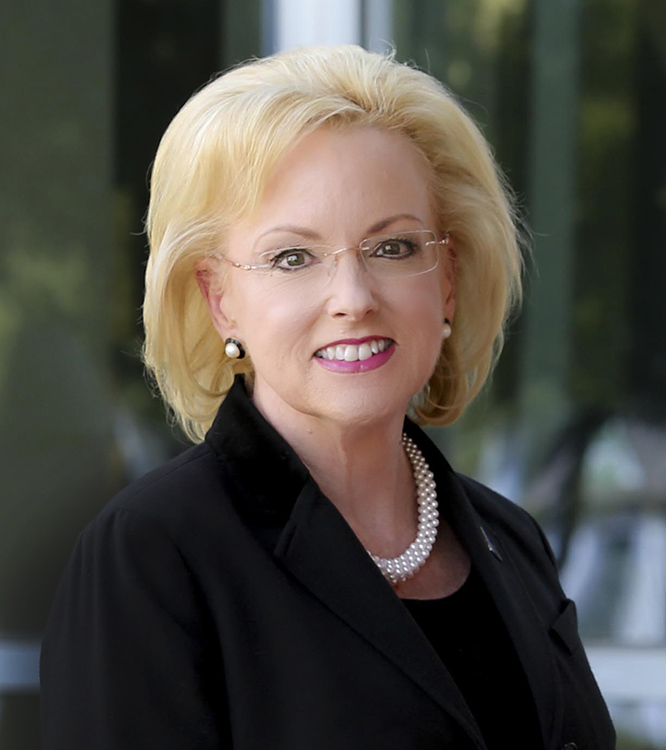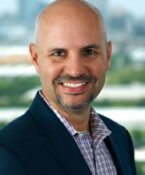UNTHSCAAsADs DNA identification work resolves search for missing loved ones
When someone you love is missing, the holidays lose their shine, and hearts ache from not knowing their fate.Through funding provided by the National Institute of Justice (NIJ), the UNT Center for Human Identification (UNTCHI) and NamUs (the National Missing and Unidentified Persons System) at the UNT Health Science Center continue to help law enforcement agencies across the U.S. identify missing persons and give families the resolution that has eluded many of them for decades.
While the news that their loved one’s remains have been identified may not be happy, knowing where they are can clear up many questions. Just this month, the UNTCHI helped identify the victim of a 37-year-old murder in Pennsylvania and is working on a case from the Detroit, Mich., area where the tattooed remains of a female were found in a sewer.
And in Pittsburgh, Pa., Amanda Sue Myers was finally identified 12 years after her remains were found in an abandoned railroad tunnel with the help of a DNA association made at UNTHSC’s DNA Identification Laboratory, part of the Institute of Applied Genetics. Identifying these souls is powerful motivation to the UNTCHI, as well as local law enforcement representatives who work to resolve the cases and comfort the families.
“At the holidays we always missed Paula”, said Stephanie Clack, whose sister, Paula Davis (picture at right), disappeared from her home in Missouri in 1987 and who was identified more than two decades later. “Now after 22 years we have Paula back home. Things have been a little better knowing she is back home but we would like to have her in person to see the smile as she opened gifts . My family never gave up hope. Thanks to NamUs, Paula is home with her family.”
“While our daughter is still missing physically, she is very present in our thoughts and hearts,” said Mary Lyall, whose daughter, Suzanne, has been missing since March 1998 when she was last seen near SUNY-Albany getting off a bus. “The emotional and mental presence is painful, but by verbalizing these thoughts and feelings, we can strengthen Suzanne’s presence with us.”
“We hang on to the hope that things will return to the way they used to be. There is no reason to give up hope until you absolutely have to,” Mary Lyall finished.




Social media